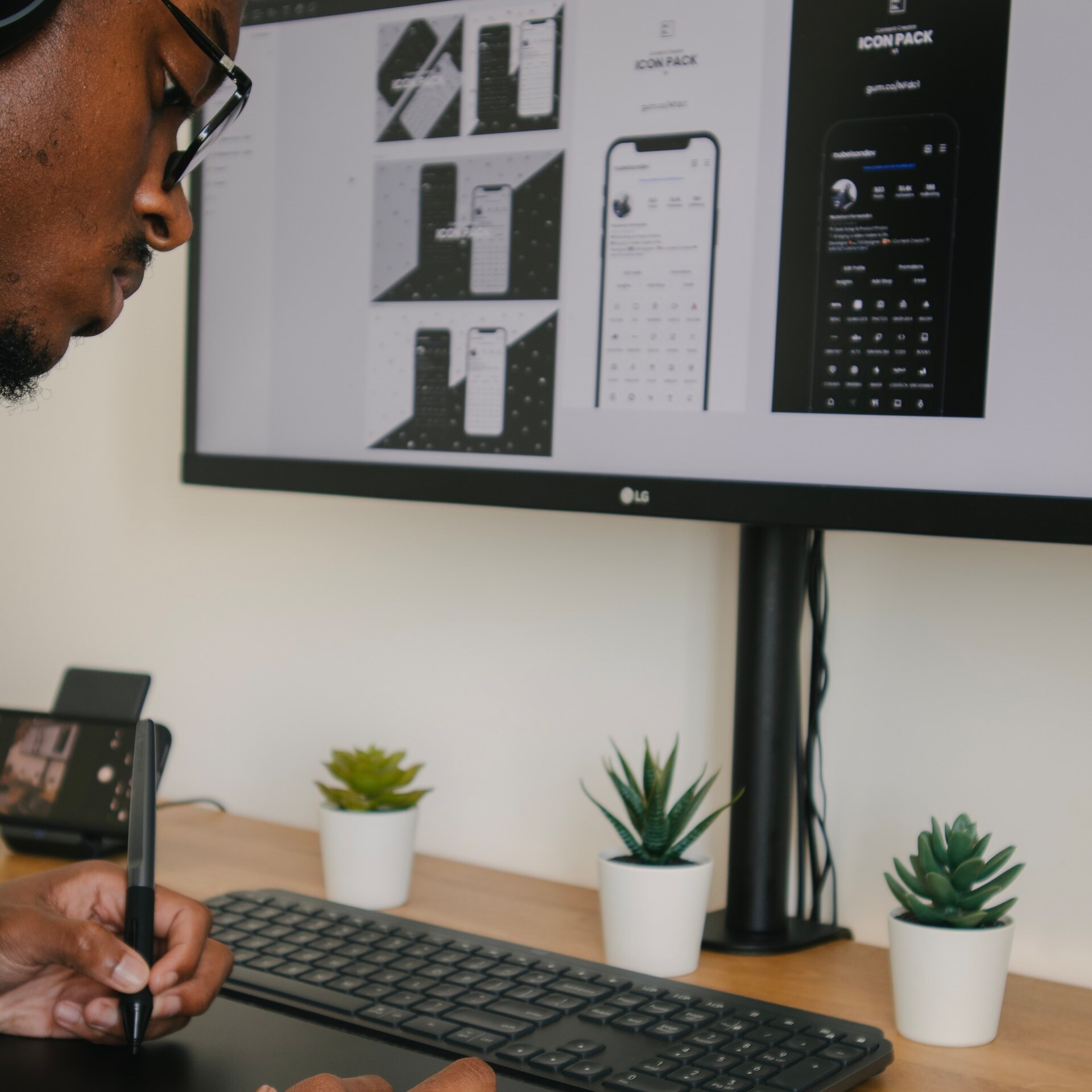Creating and Maintaining Strong Client Relations
A delicate subject constantly on the minds of directors and account reps alike: the client relationship. Building and maintaining a professional yet approachable communication language that will endure can be a daunting task, especially when working on high-stakes projects that reflect a client’s brand and, ultimately, their bottom line.
The success of an agency, design firm or even freelancer depends heavily on strong client relations. Many businesses will gain new clients solely through word of mouth or reviews primarily gathered through social platforms. Some see client relations as a service in itself, setting the tone of the agency’s core values.
There are many moving parts to the lifecycle of a creative project. Moving through the process keeping in mind these few steps will solidify the relationship as a trusted partner as opposed to just another vendor, greatly improving the project’s outcome.
‘Date’ Your Prospective Client
Getting to know your client and ensuring that you can deliver on what it is that needs is the first step to a great partnership. Find out more about their company and project stakeholders and what their needs and expectations are – making sure that your values, workload and team will mesh well with the scope of the project and people. Spend a little time on your own researching their background as well as their industry, and feel free to dig deeper into questions you may have during an initial discovery session before a proposal is delivered and the project is kicked off.
Set The Tone
We’ve all heard that the customer is always right, and while it’s important to go the extra mile – being realistic about expectations will result in a happier client. From the onset of a project, set the tone that should be carried through. If a long project or retainer-based partnership is at hand, more relationship-building will come into play, while a short project will focus more on benchmarking immediately. Friendly but efficient communication is often the best route, as no amount of schmoozing will make up for sub-par work.
Respond Swiftly
This may seem very basic, but it is a simple hurdle to get ahead with clients quickly. Acknowledging emails as soon as they come in with a quick note of receipt and letting the client know the status or movement of a project is critical in forging a language of trust. Multiple agency stakeholders often need to be involved in decision-making or development – communicating this action to a client rather than making them wonder can mean keeping or losing existing and prospective business.
Provide Clear Deliverables
At the beginning of a project, all seems as clear as day. Recapping meetings and collaborative sessions as the project move along will help keep a client in the loop and up to date on what to expect. If possible, provide a weekly or bi-weekly summary of work completed and outline what percentage of the project is complete and what may remain.
Related Articles
The Think/No-Think Approach in UX Design
August 6, 2023
Guideline-Based Expert Walkthrough
April 23, 2023
What to Prepare for Creative Agency Pitch
December 26, 2022



